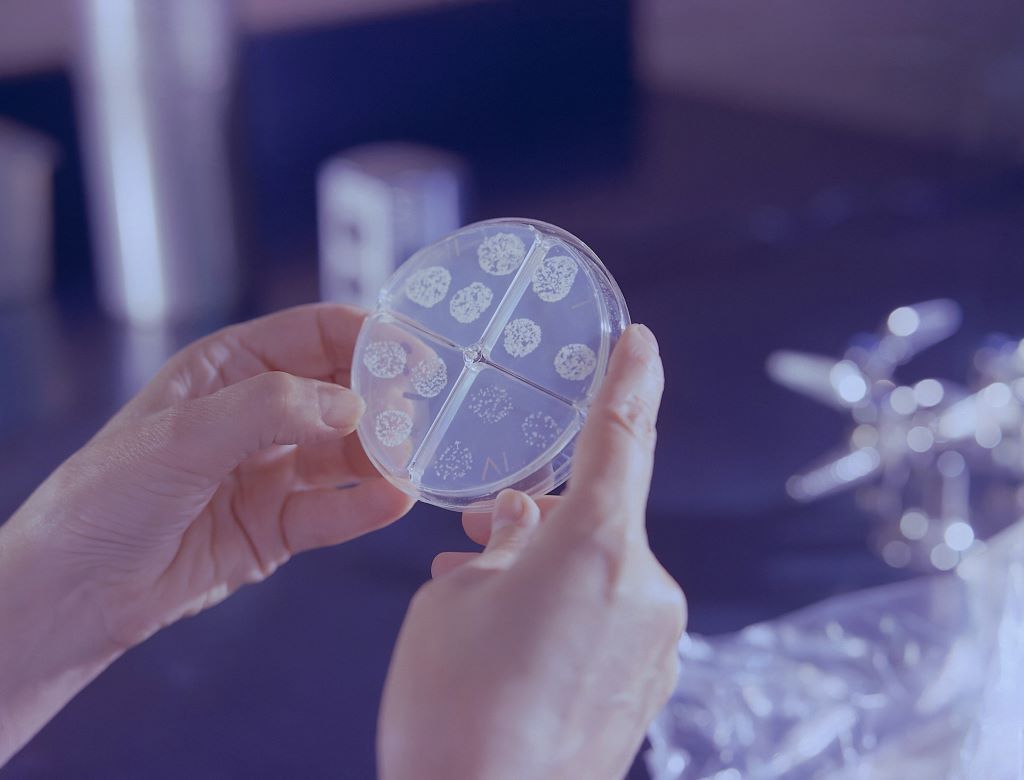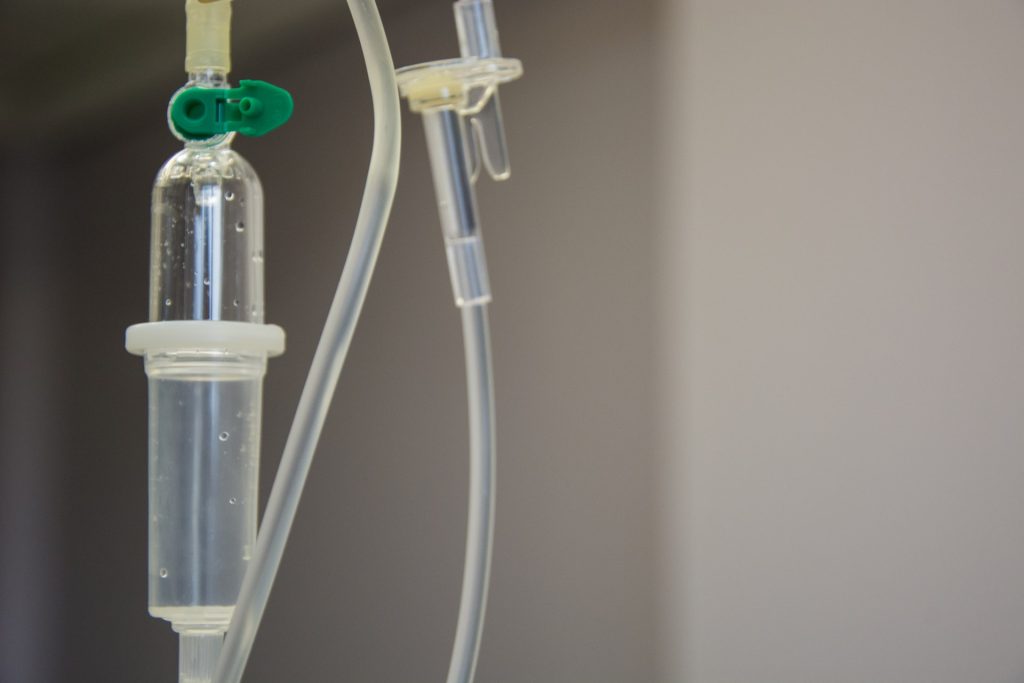Study Suggests No Link Between Antibiotic Exposure and Autoimmune Diseases in Children
Korean children with early life exposure to antibiotics were not diagnosed with autoimmune diseases at higher rates

The global incidence of autoimmune diseases among children has increased over the past few decades. A study published August 21st in the open-access journal PLOS Medicine by Ju-Young Shin at Sungkyunkwan University, Republic of Korea, and colleagues suggests that early life antibiotic exposure is not associated with an increased risk of autoimmune diseases in children.
Previous research has suggested that exposure to antibiotics as a foetus or infant may contribute to the development of autoimmune diseases among children. However, confounding variables limit the validity of prior studies and the association of antibiotics to autoimmune disease remains poorly understood.
In order to investigate whether antibiotics may increase risk of autoimmune diseases, researchers conducted a retrospective cohort study comprised of over 4 million children born in the Republic of Korea between April 1, 2009, and December 31, 2020. They accessed a mother-child linked insurance claims database from the South Korea National Health Insurance Service-National Health Insurance Database (NHIS-NHID) to identify children whose mothers had received antibiotic prescriptions during pregnancy or while breastfeeding their infant. The researchers then retrospectively analysed the health outcomes of each cohort for a period of over 7 years, tracking all diagnoses of Type 1 diabetes, Juvenile idiopathic arthritis, Inflammatory bowel disease (ulcerative colitis, Crohn’s disease), Systemic lupus erythematosus, and Hashimoto’s thyroiditis.
The researchers found no relationship between antibiotic exposure during pregnancy or early infancy and the overall incidence of autoimmune diseases in children. Future research is needed, however, to replicate the outcomes in other populations and to further investigate potential effects on subgroups.
According to the authors, “Our findings suggest no association between antibiotic exposure during the prenatal period or early infancy and the development of autoimmune diseases in children. This observation contrasts with several previous studies reporting increased risks and underscores the importance of carefully considering the underlying indications for antibiotic use and genetic susceptibility when interpreting such associations. While the potential benefits of antibiotic treatment in managing infections during pregnancy or early infancy likely outweigh the minimal risk of autoimmune outcomes, our findings also highlight the need for cautious and clinically appropriate use of antibiotics during these critical developmental periods in specific subgroups.”
The authors note, “Exposure to antibiotics during pregnancy or early infancy was not associated with an increased risk of autoimmune diseases in children. Nevertheless, the importance of follow-up studies to confirm and extend these findings cannot be overstated.”
Provided by PLOS










